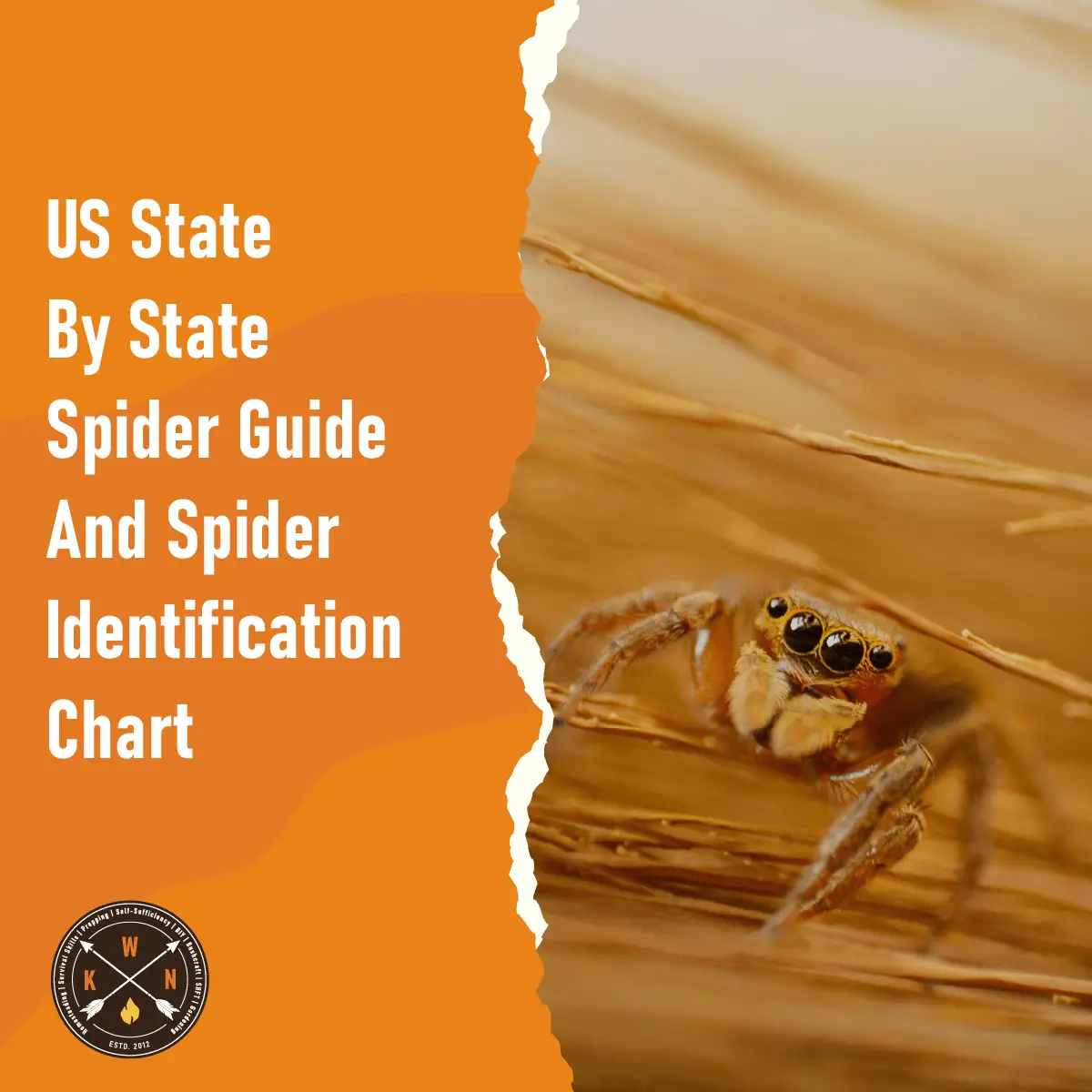
Pine trees adorn forests throughout the country, but did you know they offer more than natural privacy and year-round greenery? Pine needles are filled with antioxidants and antimicrobial properties, according to a study published in the July 2012 edition of the “Journal of Food Sciences.” For generations, pine needle tea has been consumed by indigenous peoples as a decongestant, expectorant and an antiseptic wash. In fact, pine needles have up to five times more vitamin C than freshly squeezed orange juice. Enhance your health, while learning a new skill, by gathering and making pine needle tea.
Table of Contents
ToggleHow to Choose and Gather the Best Pine Needles
As a rule of thumb, the younger and greener the needles, the more concentrated its medicinal compounds. The ideal needles are less than three inches long. Don’t choose needles from a pine that lines a roadway or in a highly-populated area as they may be sprayed with pesticides or other toxic chemicals. The best needles come from pines found deep in the forest. Put your hiking boots on and enjoy a day in the country while searching for healthy pine trees.
While pine needle tea can boost your health, be careful what trees you choose. While the majority of pine trees are fine for consumption, make sure you steer clear from:
- Common Yew (Taxus) – Found in shrub or small tree sizes, Yew contains a toxic alkaloid known as taxine, which is fatal if consumed by humans.
- Norfolk Island Pin (Araucana Heterophylla) – Also referred to as the Australian Pine, this pine tree is often used as Christmas trees and small indoor plants. This plant is poisonous to humans and animals.
- Ponderosa Pine (Pinus Ponderosa – Also known as the Yellow Pine, is regarded as harmful to humans. In fact, its needles are used to terminate animal pregnancies.
In addition to the aforementioned, stay away from:
- Lodgepole Pine
- Shore Pine
- Monterey Cypress
**I am not entirely sure why, but it is recommended that pine needle tea should not be drunk if pregnant or breastfeeding**
Pine Needle Tea – A Step-by-Step Guide
- Step 1 – Gather at least 1 cup of fresh pine needles. Thoroughly wash the needles with clean, cool water.
- Step 2 – Chop the needles into a small pieces. Make sure to remove any brown portions of the needle.
- Step 3 – Bring 3 cups of water to a rolling boil.
- Step 4 – Add needles to the water as soon as it starts to boil.
- Step 5 – Remove the saucepan from the heat source, and cover. Allow the tea to steep for at least 20 minutes. Increase tea potency by allowing the tea to steep overnight. This results in a deep, reddish-brown colour as a higher concentration of compounds were leached into the water.
- Step 6 – Pour the tea through a strainer to remove the pine needles.
- Step 7 – Sweeten the tea with honey or agave nectar. Some find freshly squeezed lemon enhances its flavour.




